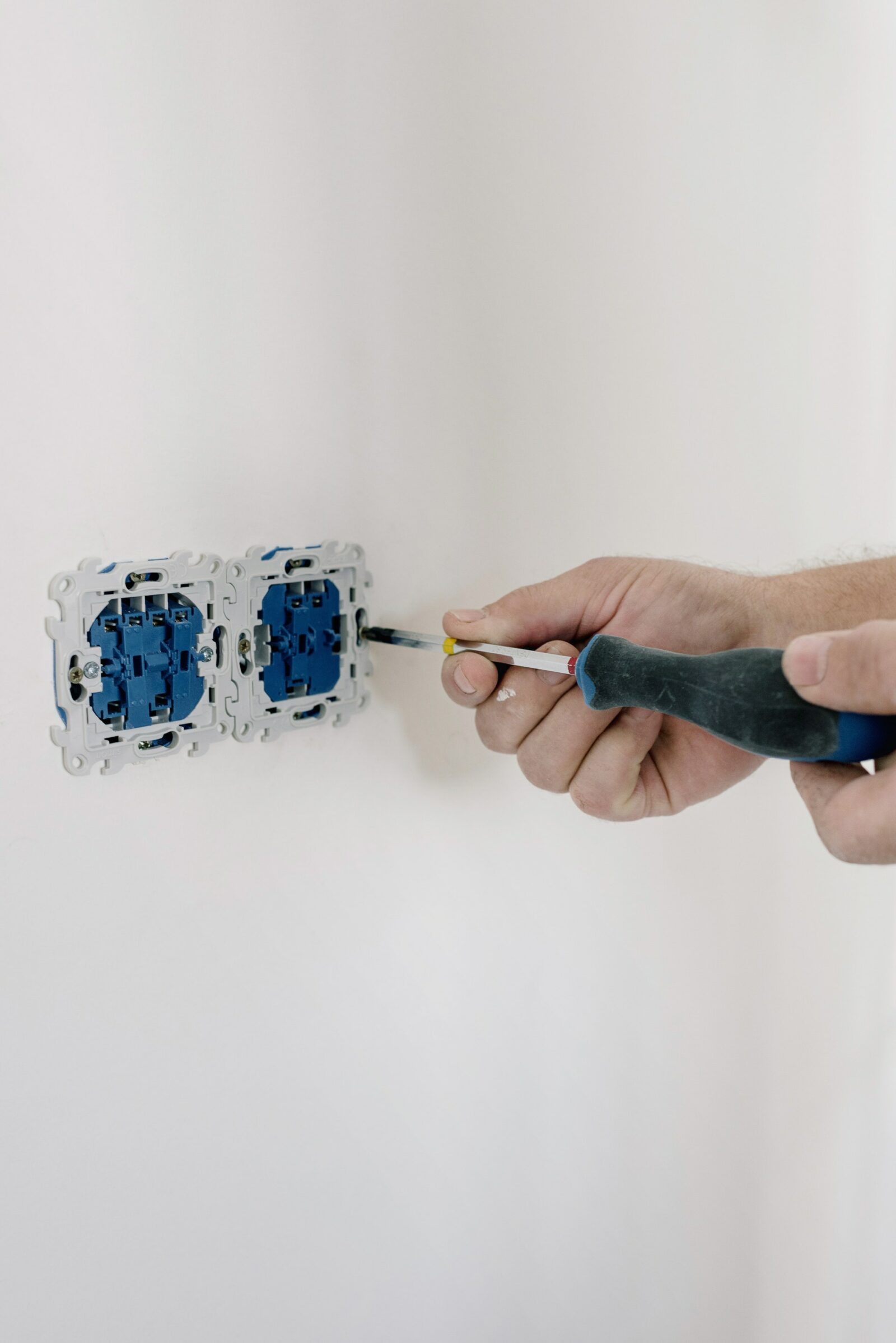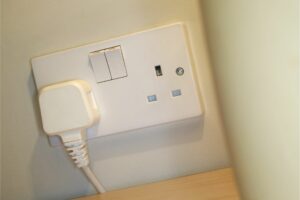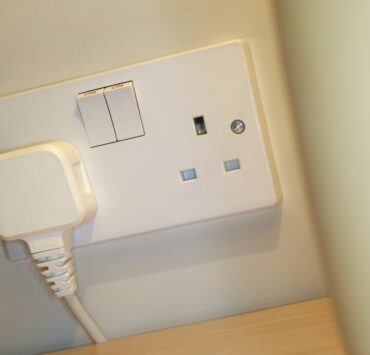This guide will take you through the basics of how to replace electrical outlet.
[ez-toc]Signs Your Electrical Outlet Needs Replacing
- Plugged items receive no electricity
- There’s visible damage such as cracks, chips and scorch marks
- Plugs won’t stay in place or are loosely held
- Lights flicker when plugged to that outlet
- Sparks appear when you plug into the outlet
- The outlet is smoking or hot to the touch
Safety First
When you see any signs that your electrical outlet needs replacing, address the issue as soon as you can. Fix the issue immediately if the outlet face is hot, there’s visible smoke and a burning smell. This is a fire hazard.
Additionally, a faulty electrical outlet can short circuit other outlets and trip your breaker. Have a professional electrician replace the outlet for you if you’re not comfortable doing the task yourself.
Before doing any repair work on the electrical outlet, turn off the power directly from the circuit breaker. Test for electrical flow with a multimeter set to volts as an added safety measure.
Replace Electrical Outlet In 5 Steps
Assess The Damage
Look at the electrical outlet to assess the damage in order to know what you’ll need to replace as this will vary. For outlets that have no visible damage but aren’t giving off power, need rewiring. Outlets with a broken face will require different materials. Outlets that are smoking or hot to the touch should be left to a professional electrician.
Remove The Wall Plate And Receptacle
With a screwdriver, remove the screws from the outlet’s wall plate to lift and unmount it. Do not handle the wires or the terminal with your hands or the screwdriver.
Remove The Wires
Remove the wires from the outlet by gently unscrewing them. Start with the hot wire first, followed by the neutral wire, and lastly the ground wire. They should slip off once the screws are loosened. Do not cut the wires. If you’re unaware of the wiring in an outlet, here’s a quick summary to help you understand what you’re dealing with.
There are 3 wires within an outlet. You have a hot wire which feeds power to a circuit. This wire can be identified as the one in black encasing, and in some cases, blue or red. You have a neutral wire which allows the circuit to complete and to prevent excess electrical currents in the outlet. Neutral wires have a white or gray encasing.
You can identify the grounding wire by looking for a wire that’s either a green wire or a bare copper wire. The grounding wire is a safety wire that allows excess electricity to flow. When fixing an electrical outlet, the grounding wire needs to be grounded to the box and the outlet. Do this by wrapping the grounding wire around the grounding screw before bringing it forward to the receptacle.
Attach The Wires To The New Outlet
When you have your wires removed from the outlet, check the terminations of the wires. They should be tightly wound, in good condition and show no signs of fraying or other damage.
If you do need to repair the wires, use a wire stripping tool to remove the encasing and snip of the damaged ends. Add new encasing in the appropriate color.
When your wires are reach to go, using pliers, attach the wires to the new outlet in the following order:
- Insert the black hot wire into the hole with a brass screw.
- Insert the white neutral wire into the hole with a silver screw.
- Insert the green grounding wire into the hole with a green screw.
Install The New Outlet
Wrap your wires with electrical tape before installing the new outlet. Tuck the wires into the back of the out box, with the neutral side up. Screw the outlet into place and cover it with the face plate.
Turn the power back on from the circuit breaker and test your outlet with a multimeter. You should get a reading of 120 volts.
How To Fix Loose Plugs
When your plugs constantly fall out of your outlet, it’s best to go ahead and replace the entire outlet. It’s normal for outlets to wear out. Loose outlets are an indication of deterioration and it’s best to replace the outlet with a new one instead of repairing the current one.
Final Thoughts
Although it’s not really thought about, outlets are constantly working 24/7. Make it a habit to check on the state of your home’s outlets at least once every two years. This will help you detect minor problems first, before any outlets become fire hazard issues.



